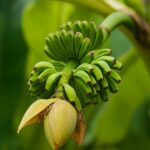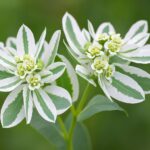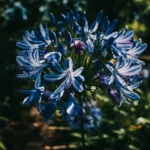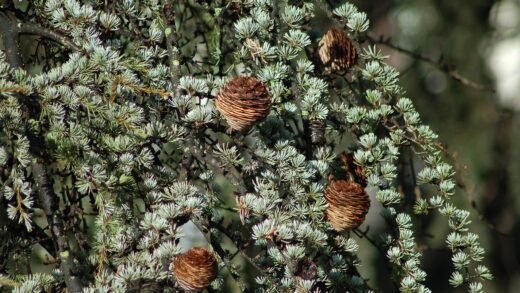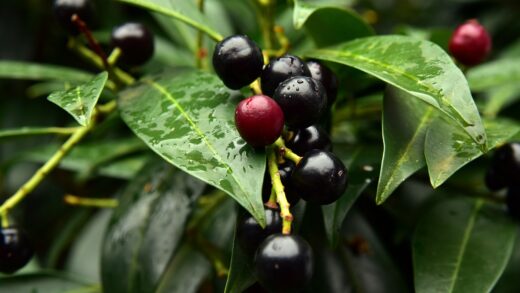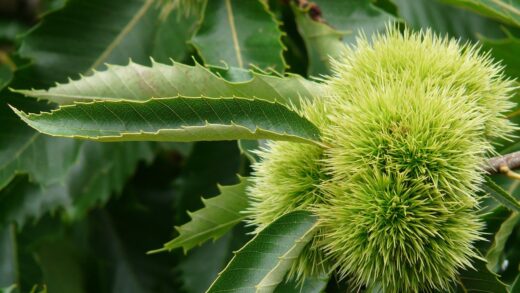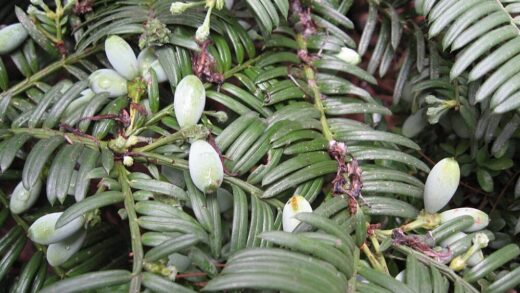Providing the correct quality and quantity of light is an indispensable element in the successful cultivation of regal pelargoniums, profoundly influencing everything from the lushness of their foliage to the profusion and vibrancy of their celebrated blooms. These plants have a distinct preference for bright, but indirect, illumination, a requirement that sets them apart from their sun-loving zonal geranium cousins. They are, in essence, lovers of gentle light, thriving in conditions that provide ample brightness to fuel photosynthesis without the harsh, damaging intensity of direct, scorching sunlight. Understanding this nuanced need for light is fundamental to preventing common issues like leaf scorch and ensuring the plant has the energy required for its spectacular floral display.
The ideal light exposure for a regal pelargonium is often described as „bright, filtered light.“ This means the plant should be in a location where it receives a significant amount of ambient light for at least six hours a day, but where it is shielded from the direct, intense rays of the sun, particularly during the afternoon when the sun is at its strongest. Indoors, an east-facing window is often considered perfect. It provides the plant with several hours of gentle, direct morning sun, which is not strong enough to cause damage, followed by bright, indirect light for the rest of the day. A west- or south-facing window can also be suitable, but only if the light is filtered through a sheer curtain or if the plant is positioned far enough away from the glass to avoid being scorched.
Outdoors, a similar principle applies. A location on a porch, patio, or balcony that receives morning sun and afternoon shade is ideal. Placing the plant under the canopy of a larger tree that provides dappled or filtered light throughout the day can also create the perfect growing environment. It is crucial to avoid placing regal pelargoniums in a spot where they will be subjected to the full force of the midday or afternoon sun. This intense exposure will invariably lead to leaf scorch, characterized by brown, crispy patches on the leaves, and can cause significant stress to the plant, leading to wilting and a reduction in flowering.
The duration of light is just as important as its intensity. As „long-day“ plants, the flowering of regal pelargoniums is naturally stimulated as the days lengthen in the spring. To support this cycle and to provide enough energy for both healthy growth and the production of blooms, they need a sustained period of brightness each day. A minimum of six hours of bright, indirect light is a good benchmark. In locations with insufficient natural light, the plant may survive, but it will likely become „leggy,“ with long, stretched-out stems and sparse foliage, and it will almost certainly fail to produce a satisfactory display of flowers.
It is also important to observe how your plant responds to its location and be prepared to make adjustments. The leaves of your pelargonium are excellent indicators of whether the light conditions are correct. If the leaves are a healthy, vibrant green and the plant is compact and producing buds, you have likely found the perfect spot. If the leaves start to look pale, yellowish, or develop scorched brown spots, the light is probably too intense. Conversely, if the stems are stretching and the foliage is sparse and a very dark green, the plant is likely not receiving enough light and is reaching for more.
Weitere Artikel zu diesem Thema
Light and the flowering process
The relationship between light and the flowering of regal pelargoniums is direct and critical. While cool winter temperatures are necessary to initiate the formation of flower buds, sufficient light is required to fuel their development and to bring them to full bloom. After the plant emerges from its cool winter dormancy, the increasing day length of spring acts as a primary trigger for the flowering cycle. Providing the plant with ample bright light during this period is essential to capitalize on the bud-setting that occurred during the winter rest. Insufficient light in spring is a very common reason for a plant to fail to bloom, even if it was properly overwintered.
The quality of the blooms is also directly affected by the light the plant receives. In optimal bright, filtered light, the flowers will be larger, the colors will be more intense and saturated, and the overall floral display will be more prolific. When a plant is struggling in low-light conditions, it simply does not have enough energy to invest in producing high-quality flowers. Any blooms that do manage to form may be smaller, paler in color, and fewer in number. The plant will prioritize its own survival and basic vegetative growth over the energy-intensive process of flowering.
To maximize the light your indoor plant receives, especially during the crucial spring budding season, there are several simple practices you can adopt. Regularly rotating the pot, perhaps a quarter turn every week, ensures that all sides of the plant receive equal light exposure. This promotes even, symmetrical growth and prevents the plant from leaning towards the light source. It is also important to keep the leaves clean. A layer of household dust on the foliage can significantly reduce the amount of light that reaches the leaf surface, hindering photosynthesis. A gentle wipe with a damp cloth every few weeks can make a surprising difference.
If you live in a location with inherently low natural light levels, particularly during the darker months of the year, you may need to consider supplementing with artificial light. A simple fluorescent or full-spectrum LED grow light can provide the necessary intensity and duration of light to keep your regal pelargonium healthy and encourage it to bloom. Position the light source about 15-30 centimeters above the plant and run it on a timer for 12-14 hours per day to mimic the long days of spring and provide consistent, high-quality illumination.
Weitere Artikel zu diesem Thema
Signs of incorrect light exposure
Learning to interpret the visual cues your regal pelargonium provides is key to diagnosing and correcting issues with light exposure. One of the most obvious signs of excessive, direct sunlight is leaf scorch. This appears as dry, brown, or tan-colored patches on the leaves, often in the center or on the parts most exposed to the sun. The leaves may also develop crispy edges or a bleached, washed-out appearance. This is physical damage to the leaf tissue caused by the combination of intense light and heat, and it is a clear signal that the plant needs to be moved to a more protected, shadier location immediately.
Conversely, a plant that is not receiving enough light will exhibit a different set of symptoms. The most common sign is etiolation, or „legginess.“ The plant’s stems will become unusually long and stretched out, with large gaps between the leaves. This is the plant’s physical attempt to reach towards a perceived light source. The leaves themselves may be smaller than usual or may turn a very dark shade of green as the plant produces more chlorophyll to try and capture what little light is available. Crucially, a light-starved plant will produce very few, if any, flowers.
The overall color and posture of the plant can also indicate light-related stress. A plant in too much sun may appear wilted during the hottest part of the day, even if the soil is moist, as it loses water through transpiration faster than its roots can absorb it. The foliage color may become a pale, yellowish-green. In contrast, a plant in deep shade will simply look weak and spindly, lacking the robust, compact structure of a healthy specimen. The leaves may droop, and the plant will have a general lack of vigor and vitality.
When you observe any of these symptoms, it is important to act promptly but thoughtfully. If you suspect too much light, move the plant to a location with more shade or filtered light. If the issue is too little light, gradually acclimate the plant to a brighter location over the course of a week or so. A sudden move from deep shade into very bright light can shock the plant and cause its own set of problems. Gradual adjustment allows the plant to adapt its leaves and internal processes to the new, improved light conditions.
Seasonal light considerations
The ideal location for your regal pelargonium may need to change with the seasons due to the shifting angle and intensity of the sun. The gentle spring sun that is perfect for the plant may become far too intense by the middle of summer. As the seasons change, you should reassess your plant’s position to ensure it is still receiving optimal light. A spot that provided perfect filtered light in May might be in full, scorching sun by July. Be prepared to move your plant to a shadier location during the peak summer months to protect it from heat stress and leaf scorch.
During the autumn, as the sun’s intensity wanes, you may need to move the plant back to a brighter location to ensure it continues to receive enough light energy to build reserves for the coming winter. The days are becoming shorter, so maximizing the available light is important. This is a period of transition, where the plant is slowing its growth in preparation for dormancy. Adequate light during this time helps the plant to harden off properly and enter its winter rest period in a healthy, robust state.
Winter presents a unique set of lighting challenges, especially for indoor plants. The sun is lower in the sky, the days are at their shortest, and the light intensity is at its lowest. During this dormant period, it is crucial to place your regal pelargonium in the brightest possible location you have that also meets the requirement for coolness. A south-facing window, which might be too intense in the summer, can often be the perfect spot during the winter, providing the maximum available light without the risk of overheating.
If you move your plants outdoors for the summer, the transition back indoors in the autumn requires a period of acclimatization. The light indoors, even in a bright window, is significantly less intense than the light outdoors in a shaded location. To avoid shocking the plant and causing it to drop its leaves, bring it indoors gradually. Start by placing it in a heavily shaded area outdoors for a week, then move it inside to a very bright location. This gradual reduction in light intensity allows the plant to adjust more smoothly to its new indoor environment.




